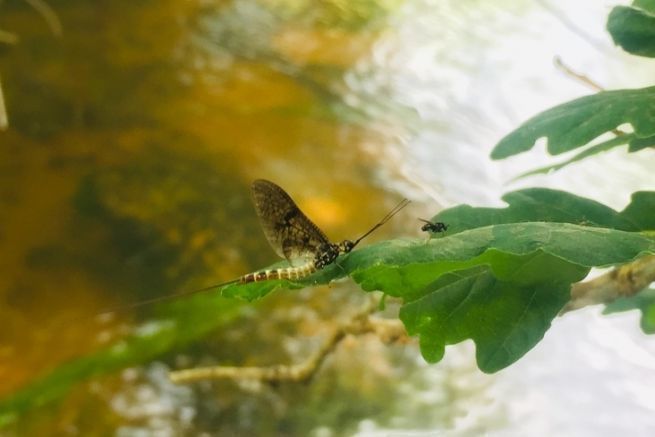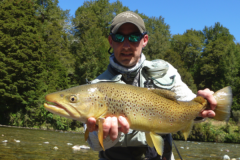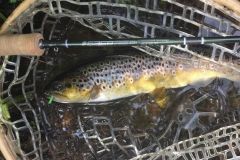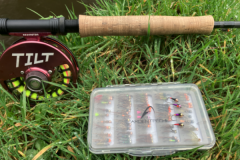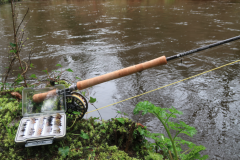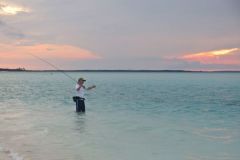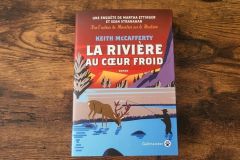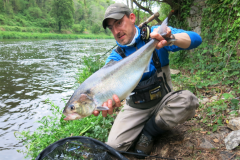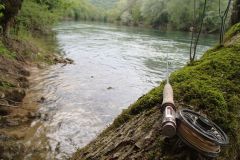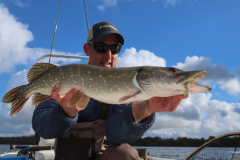The beautiful trout are often less wary and more active when these hatchlings take place on our French rivers.
Choose the right river according to the hatching periods
Not all rivers are equal for the hatching of the mayfly. It is necessary to choose a river rich in sandy-silty bottom where the latter live in galleries.
They spend about 2 years there before swimming towards the surface to hatch and go to reproduce to perpetuate the species. This aquatic insect is one of the largest mayflies in our waters. It can measure up to 3 cm. The trout are waiting for them with impatience.
On the other hand, it is also important to follow the evolution of the hatch on each river to be in the right place at the right time. They can vary from one river to another.
The first days, the flies are rare, then when the temperatures are stable and the conditions adequate, it can occur more abundant, even massive hatches, in particular in the rivers of Normandy and Brittany, but not only. I was able to observe very important hatchings also in Lozère, in particular on the Jonte, but also in Vaucluse on the Sorgue.
Mayflies often come out in the mid to late afternoon until nightfall.

An effective imitation
Once again, it is necessary to choose the imitation that fits with the phase of the moment. At the beginning of the May fly period, trout often take the ascending larvae (swimmers), and sometimes the surface nymphs (time of emergence).
Then the sub-imago are very often targeted. The imagos are generally consumed when the female returns to lay eggs on the water. These flies then die and become spents (dead flies, laid flat on the water) which can be specifically searched at the end of the day especially at the evening stroke.
I personally often use the sub-imago stage which corresponds to the one that trout like to take, but it is absolutely necessary to have imitations of all the stages of this insect to adapt to the desiderata of trout.
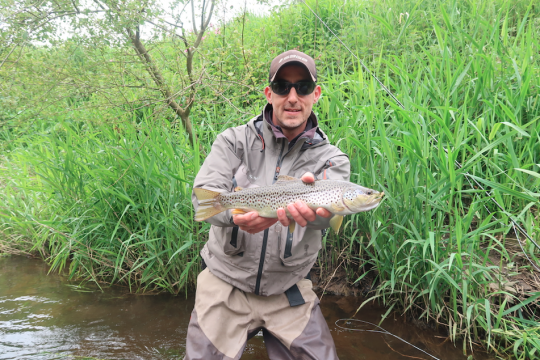
Beautiful, round, fighting trout
On the rivers of Brittany, the mayflies represent an important part in the growth of the trout. They take advantage of them and sometimes eat them. They are then very round and very combative.
This is the season to catch trout from 30 to 40 or even 45 cm if you are in the right place like this superb trout (photo above).
These last years with the climatic modifications, the days follow one another, but are not the same. Some sessions are excellent and others rather disappointing.
But a beautiful May fly well mounted and presented is often taken by our beautiful wild farios, which take advantage of this period to gain maximum weight.
